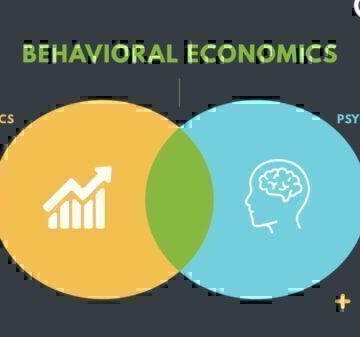It’s become a dominant and déjà vu-inducing headline lately: tech giants like Twitter, Meta, and Amazon announcing layoffs that affect hundreds of thousands of employees across the country. We’re currently experiencing the highest number of layoffs across the last two decades, and that’s including the job losses that resulted from the pandemic in early 2020.
If you’re among those currently experiencing a sudden loss of income, take heart and dust off your resume—many companies are hiring, not just firing. Here is a checklist for managing your finances as you navigate this transition.
The Silver Lining According to a 2022 ZipRecruiter Survey
- Nearly 79% of all laid-off tech workers were rehired within three months of kickstarting their job hunt.
- 83% of all laid-off workers found work within the same time frame.
1. Stay Calm
Experiencing a layoff can be a traumatic event both emotionally and financially, but it’s important to navigate the transitional period without burning bridges. You don’t want to risk a scenario where you’re denied severance pay or jeopardize your ability to lean on your employer for networking opportunities or job loss support when you begin your job search.
Aligning Priorities: Which Expenses are Most Important?
This free online course is useful for people who:
- Have experienced a sudden change, such as a loss of income
- Desire more clarity on their short-term financial plan
- Feel motivated to act but aren’t quite sure where to start
Course Length: 25 minutes
2. Talk with Your Employer
Familiarize yourself with termination documentation and verify what final payments you’ll receive. Depending on what state you live in, you may receive a final check on your normal pay schedule or immediate pay. Find out if you’re eligible for severance pay, whether you can cash in on accrued, unused vacation or sick time, and if your company has any resources they can offer in terms of counseling or access to staffing agencies.
3. Apply for Unemployment Benefits
You can apply for unemployment benefits in person, online, or over the telephone. Many states have an online calculator that estimates how much you can collect and for how long but be aware that after you file a claim it could take several weeks to receive a check. For this reason, you’ll want to act quickly.
4. Revise Your Budget
Dedicate time to prioritizing your current payments as “essential” (like rent, groceries and utilities” and “nonessential” (like monthly memberships and subscriptions). Putting a deliberate pause on nonessential payments where possible can help you minimize costs and shore up funds. If you have emergency funds set aside, now is the time to use them.
5. Plan Your Insurance Coverage
Losing access to affordable health care coverage is a setback, but you do have options to ensure you’re not paying medical expenses out of pocket. If your employer isn’t providing an extended health insurance option, consider joining your parents’ plan (if you are 26 or younger) your spouse’s plan (if you are married) or shopping affordable options through the federal government insurance marketplace.
6. Negotiate with Your Creditors
In a post-pandemic economic landscape, many financial institutions have created relief plans to help unburden those impacted by sudden income loss. Be clear and transparent about your concerns and request a temporary suspension of payments. If they aren’t willing to do that, inquire about lower rate promotions you might be able to take advantage of.
7. Join the Gig Economy
If you’re concerned about cash flow while you search for your next opportunity, consider applying for a temporary gig that can help pay the bills. Whether it’s package delivery, creative freelancing, or temp work at an office, pivoting to a temporary role is a smart way to provide yourself layoff support.










